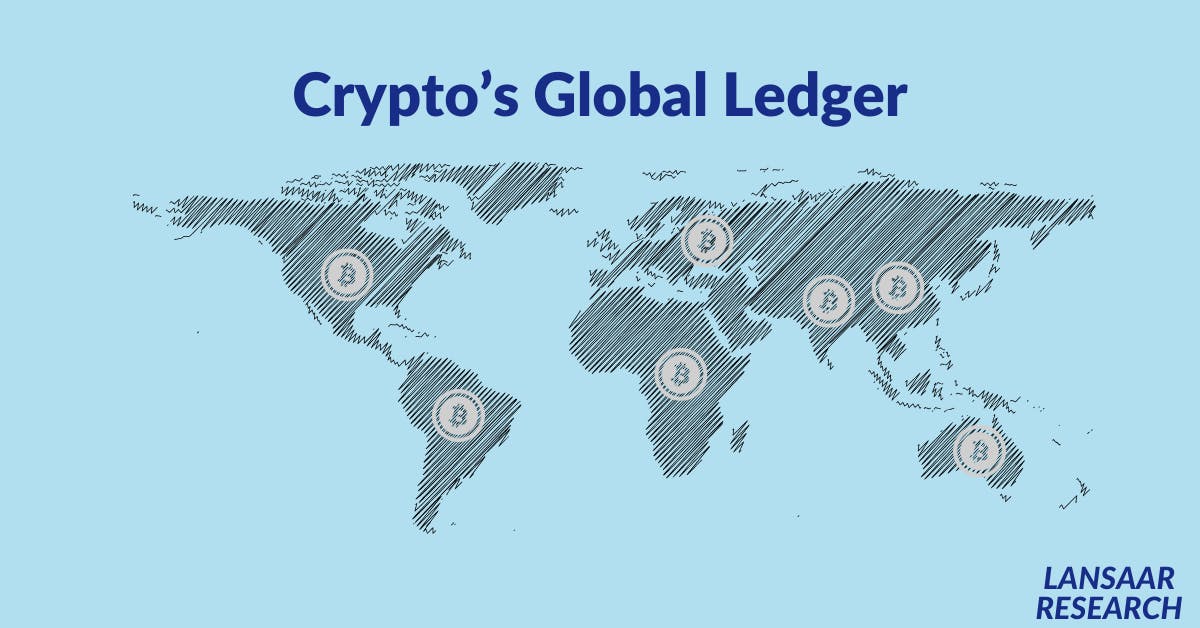The Ethereum blockchain is undergoing significant proposals aimed at revitalizing its application ecosystem amidst economic challenges. With the cryptocurrency market evolving rapidly, the recent initiative from community members Kevin Owocki and Devansh Mehta seeks to reshape the fee structure, a move that could hold substantial implications for developers and users alike.
Understanding the Proposal
The reform introduces a dynamic fee structure based on a mathematical principle, specifically involving the square root function. The core idea is simple: as a project’s funding increases, the corresponding fee percentage decreases. For instance, a project funded with $170,000 would incur fees at a rate of 7%, translating to $13,038. In contrast, once a project surpasses $10 million in funding, fees drop drastically to just 1%. This approach not only encourages growth but also protects smaller decentralized application (dApp) creators from high costs.
Challenges Facing Ethereum
These changes come at a critical moment for Ethereum. In 2024, rival blockchain Solana surpassed Ethereum by attracting more developers, tallying 7,625 compared to Ethereum’s 6,456. This shift is significant, as it challenges Ethereum’s historical dominance in the crypto sphere. Moreover, Ethereum has recently recorded its lowest transaction fees in five years, attributed to decreasing decentralized finance (DeFi) activities, creating a worrying trend amongst institutional investors, who are increasingly reducing their stake in Ether (ETH), which currently sits around $1,792.
Impact on the Community
The introduction of this fee reform could serve as a much-needed catalyst for Ethereum’s ecosystem. If successful, the changes may attract a larger developer base, potentially igniting the creation of more decentralized applications. Such a revitalization would not only boost network activity and transaction volume but also enhance overall fee generation, reviving investor interest in Ether.
Future Implications
Should Owocki and Mehta’s proposal receive approval, it could signify a strategic shift for Ethereum in navigating its economic landscape. Revitalizing the ecosystem may strengthen ETH’s demand, positively influencing its valuation, thereby reversing the current downturn. The implications of a reformed fee structure could pave the way for Ethereum’s competitiveness against nimble networks like Solana, potentially marking a turning point in the blockchain’s growth trajectory.
By embracing a fairer distribution of fees, Ethereum aims to rejuvenate its application ecosystem and regain market presence at a time when it faces substantial competition. Adopting this proposal may hold the key to Ethereum’s economic future and its position within the broader cryptocurrency landscape.



